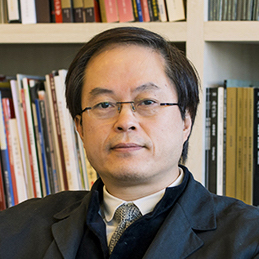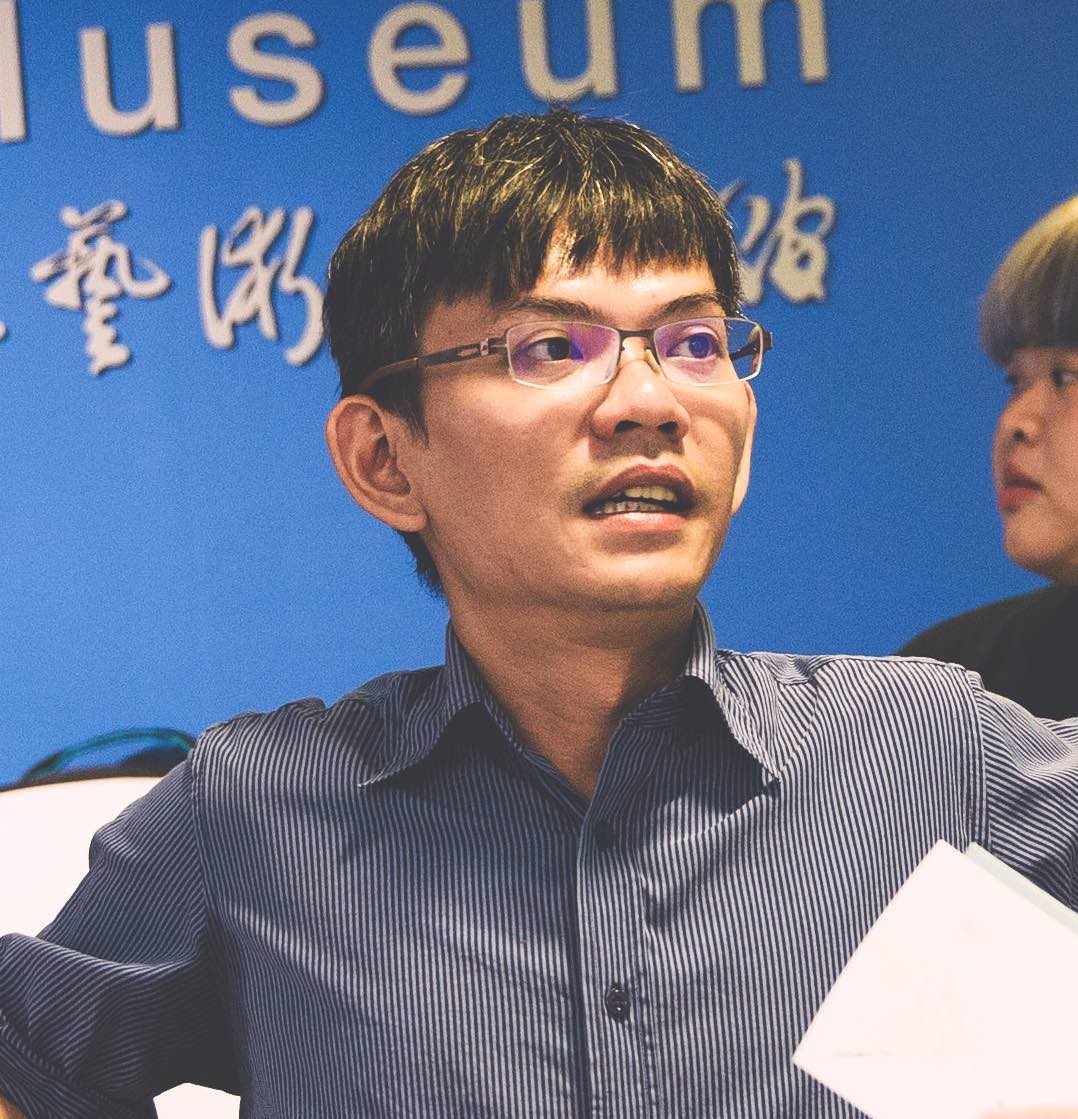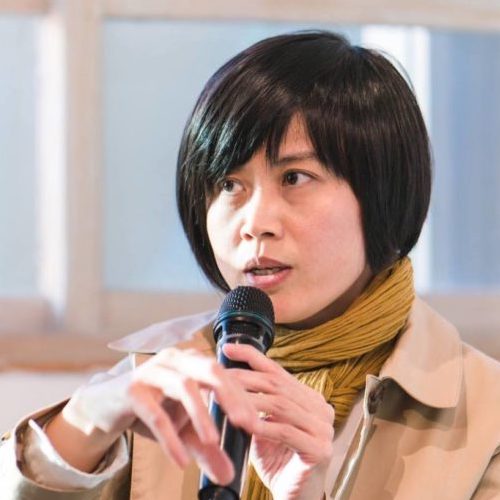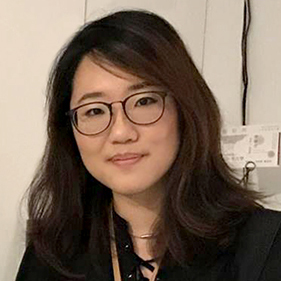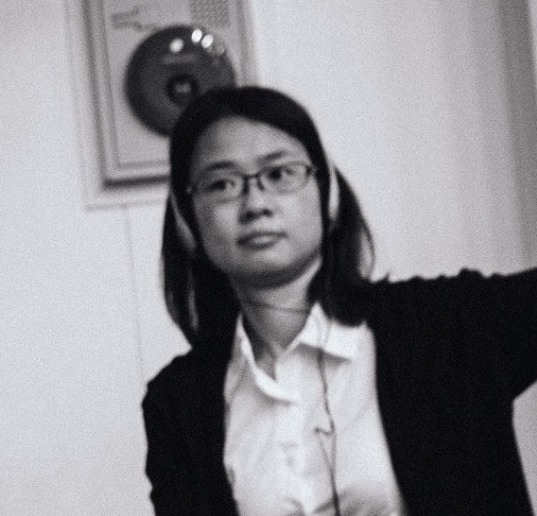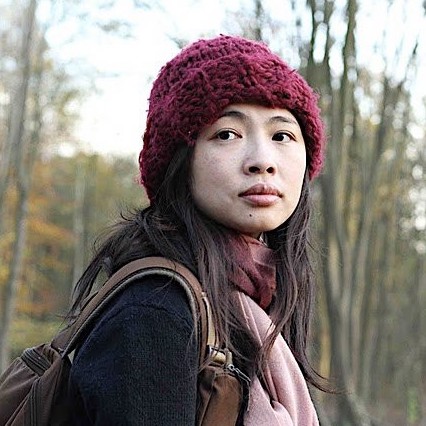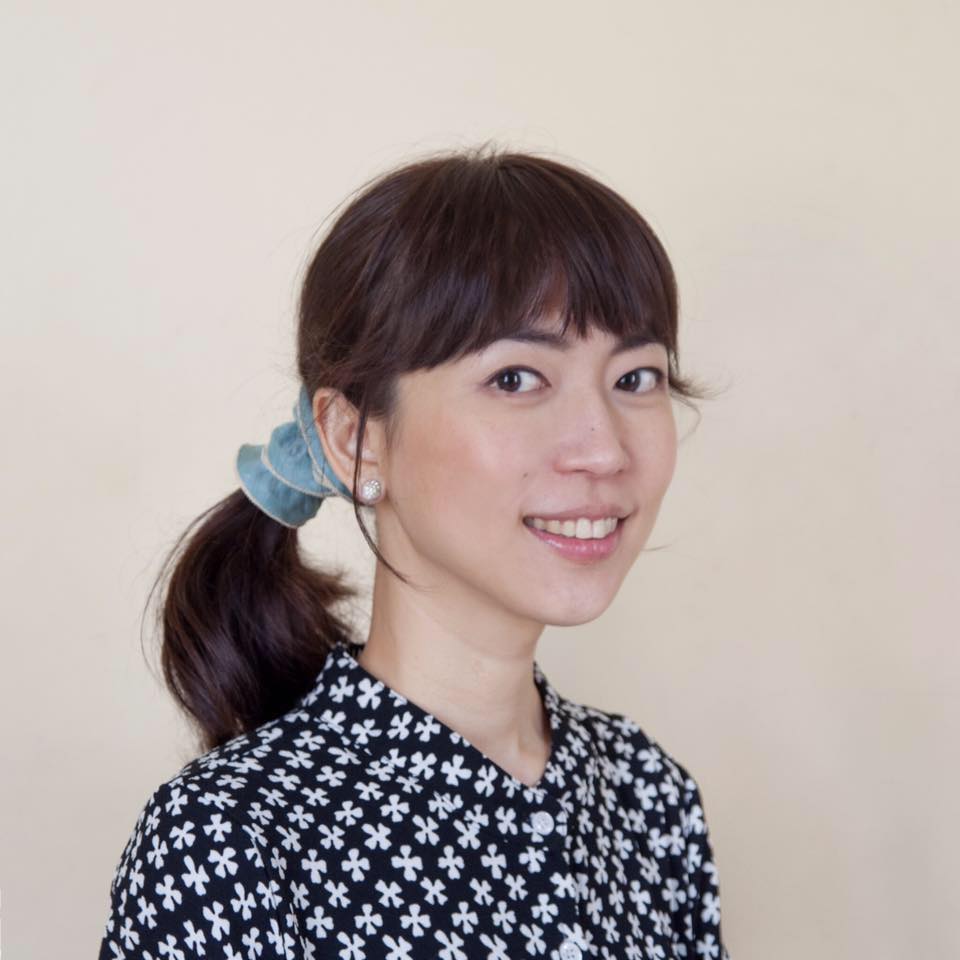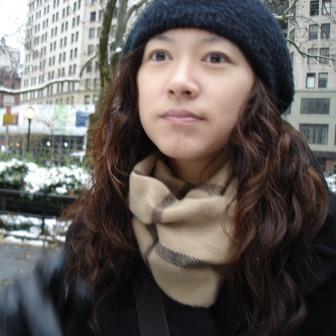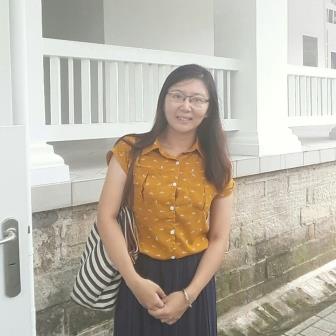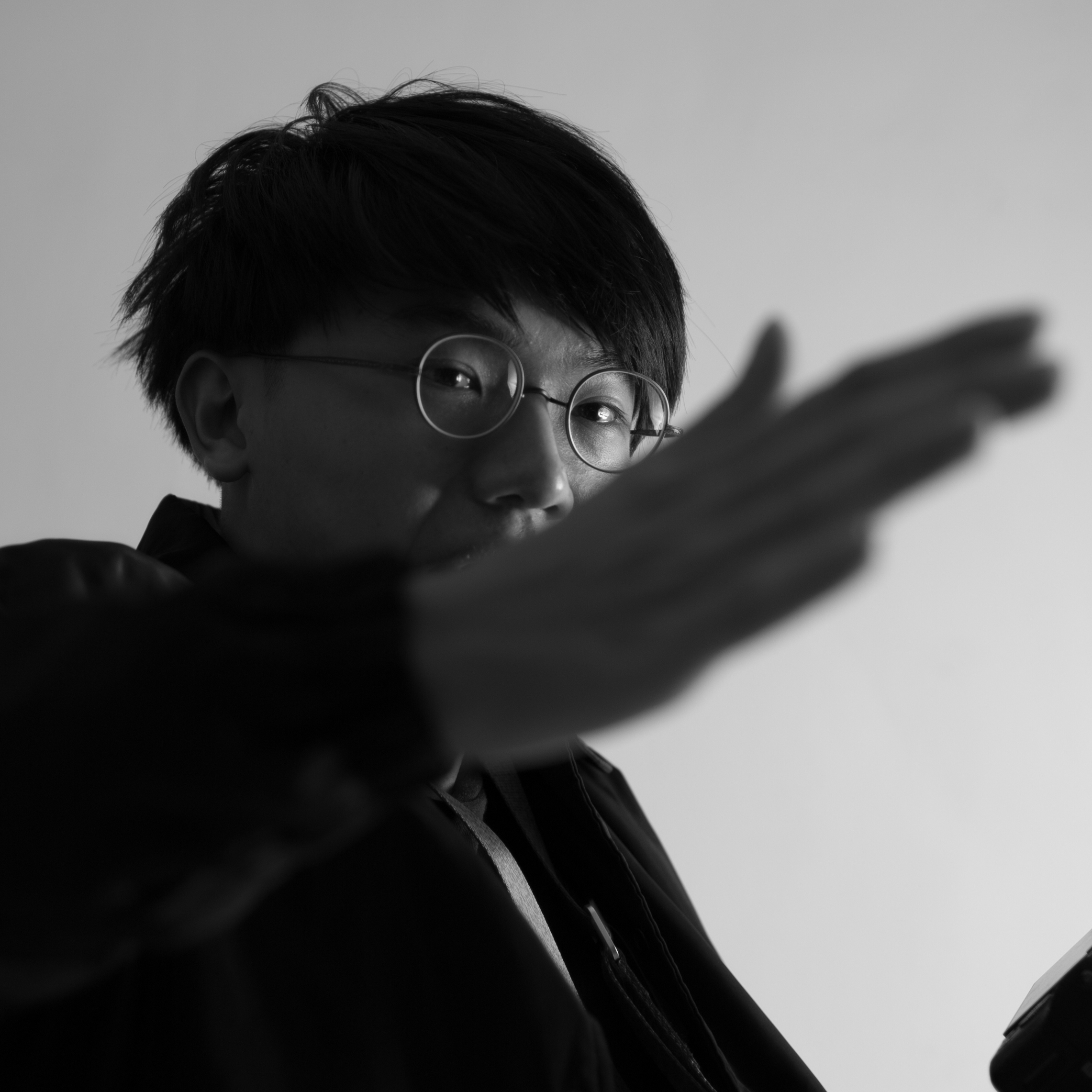Artists
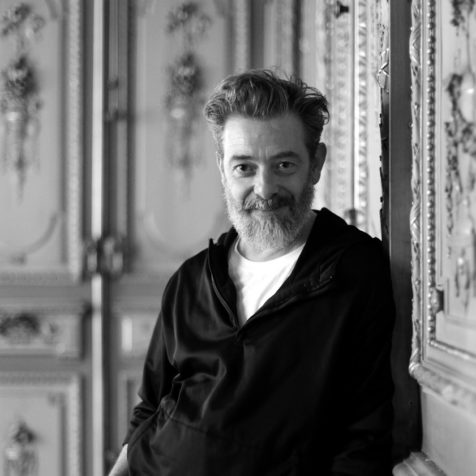
Born in 1965 in Cannes, Christian RIZZO took his first steps as an artist in Toulouse, where he started a rock band and created a line of clothing before studying visual arts at the Villa Arson in Nice. Serendipitous encounters led him to the stage. In the 1990s, he performed with numerous contemporary choreographers, sometimes responsible for their soundtracks or costume creation, for instance with Mathilde Monnier, Hervé Robbe, Mark TOMPKINS, Georges APPAIX, and then with Vera MANTERO, Catherine CONTOUR, Emmanuelle HUYNH, and Rachid OURAMDANE. In 1996, he created the “l’association fragile” and presented performances, dance pieces, alternating with other projects or commissions for opera, fashion and visual arts. Since then, over thirty productions have come to fruition. Christian RIZZO regularly teaches in art schools in France and abroad, as well as in institutions dedicated to contemporary dance. On January 1st 2015 Christian RIZZO took over as the Director of the Centre Chorégraphique National de Montpellier Languedoc-Roussillon-Midi-Pyrénées, which has been renamed ICI (International Choreographic Institute). He supports a crosscutting vision of creation, training, artistic education and openness to the public. Based on various practices and territories, this project is primarily a forward-looking space dealing effectively with inviting artists, creating the choreographic gesture and studying the forms that it can take when shared.
Christian RIZZO
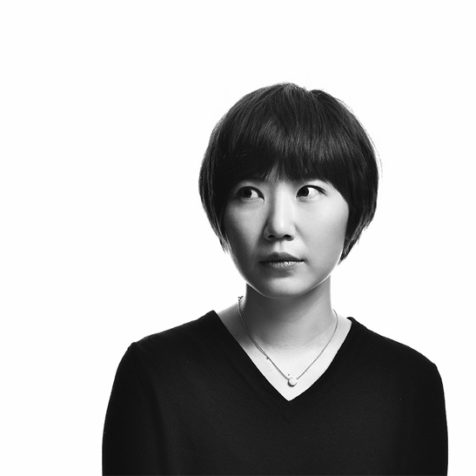
Joyce HO received her bachelor’s degree (discipline: international relations) and master’s degree from the Institute of Art Studies, University of California, respectively. Her works have been exhibited by various museums and exhibitions such as the Shanghai Museum of Contemporary Art, the Today Art Museum (in Beijing), the Taipei Fine Arts Museum, the National Taiwan Museum of Fine Arts, the Kaohsiung Museum of Fine Arts, the KOBE Biennale, the Asian Art Biennial, and the Busan Biennale. Since 2010, she has worked as a theater director/screenwriter, producing films such as Room 206, Four Seasons, and Translucence. Joyce HO is a Taiwanese interdisciplinary artist with an emphasis in painting, sculpture, installation, and performance. In her works, she explores daily rituals, the deconstruction of movement, and the fluid relationship between light and shadow. She is interested in the tension between dream and reality. Her works simultaneously envelop the audience while also confronting them, destabilizing the viewers’ traditional views and modes of perception.
Joyce HO
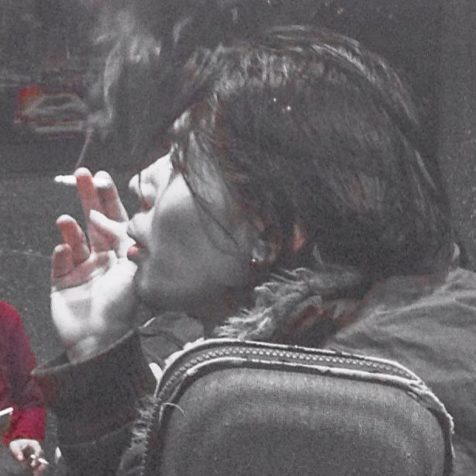
Born in 1981, Hong Kong; now lives in New Taipei City. Snow HUANG is an art creator working in a variety of fields including theater, contemporary art, sound art, and music. Over the years, he has served the roles of a theater director, artist, curator, composer, musician, and sound designer for various troupes and at various art festivals and exhibitions. At the age of 20, he founded the Against Again Troupe and has served as its head to this day. His theatrical and musical plays are generally interdisciplinary and multimedia-based and are mainly performed at environmental theaters and sound theaters. As of today, he has performed in a number of cities including Taipei, Tokyo, Berlin, and Istanbul. Over the past two years, HUANG has introduced a series of interdisciplinary art that combined sounds with performing arts. For example, he planned the Wanderer Show featuring an unmanned performance where the audience was asked to walk alone in the city. The show combined actual city landscape with fictional detective plot and used tape recorders, public telephones, and sound devices as output media to help the audience identify individual and collective memories that had been erased or left behind as the city underwent modernization, making the audience detectives who were required to solve this mystery. In 2017, he hosted the “Concert of Performance Preview” at the Taipei Fine Arts Museum where he combined sound/video-recording devices ( that recorded image notations and choreography notations) and used the theme of “eternal return” to deliver a new musical performance, in which corporate charts and statistical analyses were transformed into industrial noises and notations.
Snow HUANG
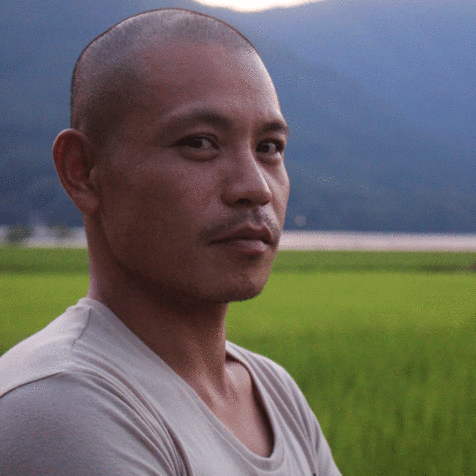
Kuei-Chih LEE graduated from the Department of Fine Arts, National Taiwan University of Arts in 2003 and participated in international artist residency programs starting in 2009. He primarily engages in creating land art and outdoor natural installations in order to explore the relationships between man, nature, and environment and to learn how to coexist and communicate with the environment. His works usually consist of natural materials because he believes that the true relationship between man and nature is found in nature, and that by using manual labor and communicating with nature, he can have a clearer view of his homeland and inner soul.
Kuei-Chih LEE
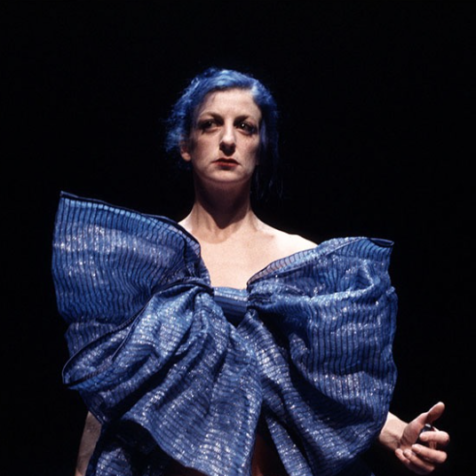
Born in Madrid in 1962 and now based in Geneva, La Ribot is a choreographer, dancer, director and visual artist; a radically multidisciplinary creator. Her work has its origins in movement, the body, and her own background in dance, to which she adds other practices, systems and materials as they become necessary. From the beginning of her career, her work has included live performance, video, speech, sign language, found art, installations and ‘relational’ works. She has involved different communities in her performances and videos, both professional colleagues and people with no experience in the world of art. Her works have been presented at the Tate Modern, London, the Centre Pompidou, Paris, the Panorama Festival, Rio de Janeiro, Impulstanz,Vienna and Art Basel. She was awarded the Spanish National Dance Prize in 2000 and The Gold Medal for Merit in the Fine Arts in 2016 by the Spanish Ministry of Culture. In 2017, the Festival Tanz im August organized an important retrospective about her live and visual work titled Occuuppatiooon! Berlin
La Ribot
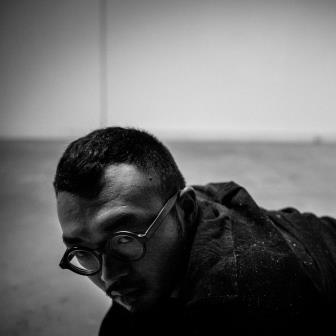
Born in 1984 in Taipei, Taiwan. River LIN is an artist and curator working across the fields of performing and visual arts. LIN’s work includes participatory project and various forms of live performance. The everyday and ritualistic of specific cultural context and the relationship between body and the spatial-temporal are what LIN takes as a point of departure to conceive creations. His live work has been presented at festivals and exhibitions in Europe, USA, Asia and Australia.
River LIN
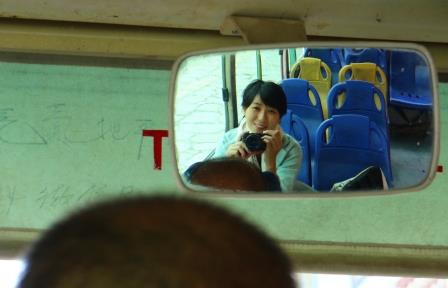
Born in Taipei. Due to the participation of “Performance in Apartments exhibition” held by Against Again Troupe -“Live In Trancen” , Xuan HUANG has been strongly interested in performance by then, and began the way that use performance as the main medium to explore and consider.The type of HUANGs’ performance is repeating in space through executing a command or an action by various interpretations. And thereupon measure the change caused by time.Her other works include videos and art installation.
Xuan HUANG (Fong-Fong's GROUP)
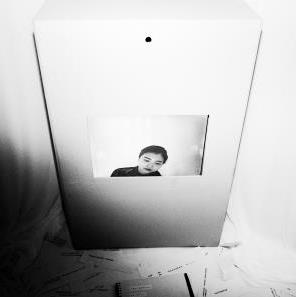
Jie-Ching SHIH was born in Changhua, and now lives in Taipei. To speak of SHIH’s artistic creation, words and bodies are both the most attractive media to me recently. Actually, she has created a writing style by herself for several years, wherefore she tries to make good use of her sensitivity of words in her works to explore their social significance or figure out the covered problems. 《About Hana Chiyan-All I want to say is just trivial matters.》 is her beginning of performance, she would like to excite her sense by a lot of actions, and make some interaction with the space as well as the audience to reveal her private problems. To trace the association among bodies, life, performance and self conscious may be a key to herself, also a key to art.
Jie-Ching SHIH (Fong-Fong's GROUP)
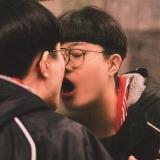
Born in 1994 in Yilan, Taiwan; now lives in Taipei. The form of Min YAO’s works include photography, video, sound, installation, writing, material, performance, happenings and so on… In an attempt to summon some experience of spectators.
Min YAO (Fong-Fong's GROUP)
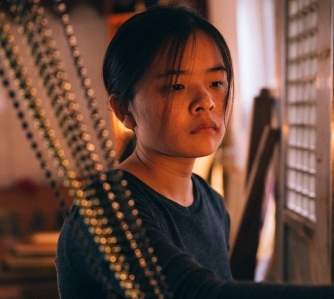
Born in 1995 in Changhua, Taiwan; now lives in New Taipei City. Graduated from Department of Fine Arts of National Taiwan University of Art, Chen-Yu YU’s artworks are mostly performance, installation, image, and a little poem. She participated in the Performance Art Club of NTUA when she was in second grade. After that, she attempts to seek the minimal essence of performance, and investigate the complicated relationship among performance, the audience, and the space. For the most part of her artworks pay attention to the daily perception, experience, the emotion, the hysteric repetitiveness, etc.
Chen-Yu YU (Fong-Fong's GROUP)
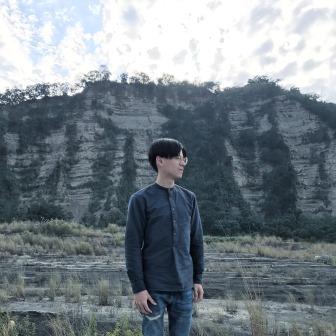
Born in Miaoli, Jui-Chien HSU works now in Taipei, Taiwan. For Jui-Chien HSU, we feel the world with our bodies and senses, and only creation can make the answer of the curiosity of the materials after the impact and actions. The spirit of the materials itself and the influence between the circulation are directly intimacy. It seems like they are awaking the unknown consciousness or exploring the ambiguous contradiction.
Jui-Chien HSU
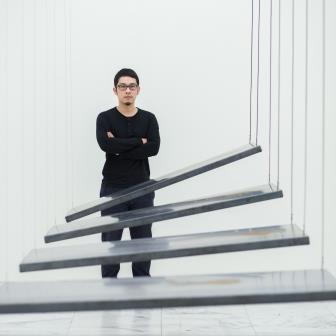
Currently based in Taipei, sound artist Yung-Ta CHANG has a broad repertoire ranging from audio-visual projects, sound experimentation, sound installations and live performance. In his work, he is observant of the subtle changes and the usually downplayed phenomena and sounds in daily life. He uses installation art to interpret his findings in an attempt to awaken the non-visual senses that are long overlooked in sight-oriented modern society, to “diagnose” and explore the world in a fresh way. He has worked with artists from dance, music and other fields in recent years and performed at a number of joint exhibitions and arts festivals in Asia, Europe, and South and North America.
Yung-Ta CHANG
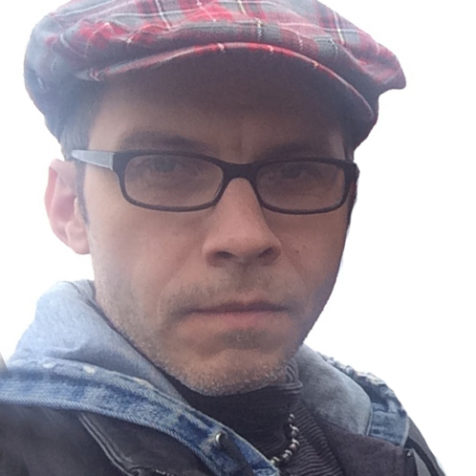
Craig QUINTERO is the Artistic Director of the Taipei-based Riverbed Theatre Company. He has written and directed over forty original image-based performances, including productions at Taiwan’s National Experimental Theatre (Taipei), Theatre Mouffetard (Paris), Alte Feuerwache (Mannheim), Fritz (Stuttgart), Theatre Le Funambule (Avignon), Theatre de la Condition des Soies (Avignon), the Esplanade Studio Theatre (Singapore), Telus Theatre (Vancouver), Tiny Alice (Tokyo), KAVC (Kobe), and Robert Wilson’s Watermill Center (New York). He is also a sculptor and installation artist whose work has been shown at the Asian Biennial, Venice Biennale, Kobe Biennale, Taipei Biennale, Taipei Fine Arts Museum, and the Shanghai Museum of Contemporary Art. QUINTERO recently was a Senior Fulbright Scholar to Taiwan and a Mellon Foundation Academic Enterprise Leave Fellow. He received his Ph.D. in Performance Studies from Northwestern University and is currently the Chair and an Associate Professor in the Department of Theatre and Dance at Grinnell College.
Craig QUINTERO (RIVERBED THEATRE)
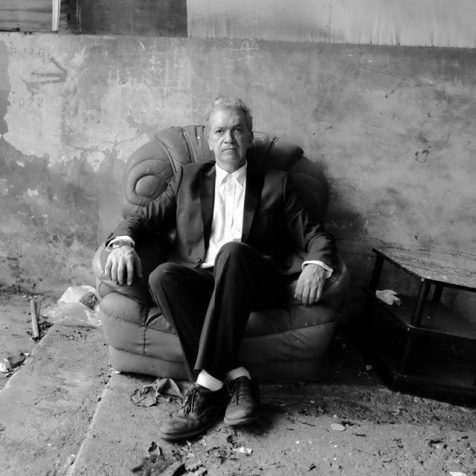
Carl JOHNSON received his MFA in Painting and Drawing from The School of the Art Institute of Chicago. His work has been exhibited at the New York Watermill Brooklyn Gallery, The Shanghai Museum of Contemporary Art, Taipei Fine Arts Museum, and the Asian Art Biennial at the National Taiwan Museum of Fine Arts. He has worked professionally as a set designer and scenic artist since 1993 and has had a long-standing collaborative relationship with Riverbed Theatre, designing productions in Singapore, New York, Taiwan, and Japan. He has taught at Northwestern University, University of Wisconsin, and SCAD Hong Kong. In 2004 and 2005, JOHNSON was awarded consecutive J. William Fulbright Awards and lectured and conducted research at National Taiwan University, Taipei, Taiwan. His work is held in several private collections in the United States, England, Taiwan, Korea and Hong Kong.
Carl JOHNSON (RIVERBED THEATRE)
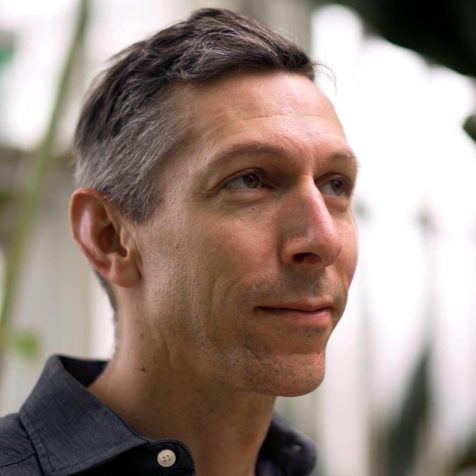
Andrew KAUFMAN received his Master of Fine Arts degree in 2002 from the University of South Florida in a studio art program that emphasized the coupling of concept and form. KAUFMAN considers himself a convergent artist, letting idea dictate medium, which has led to a multiplicity of mediums that include video, sound, sculpture, painting and digital print. He has exhibited in a range of venues, including Hallways Contemporary Art Center (Buffalo, NY), Nudashank Gallery (Baltimore, MD), Eastern Michigan University (Ypsilanti, MI), Sushi Center for the Urban Arts (San Diego, CA), Primo Piano (Lecce, Italy), International Short Film Festival G-niale (Stralsund, Germany), the Kaohsiung Museum of Art (Kaohsiung, Taiwan), and Taiwan’s National Experimental Theatre (Taipei, Taiwan). Andrew KAUFMAN is currently an Associate Professor of Art at Grinnell College.
Andrew KAUFMAN (RIVERBED THEATRE)
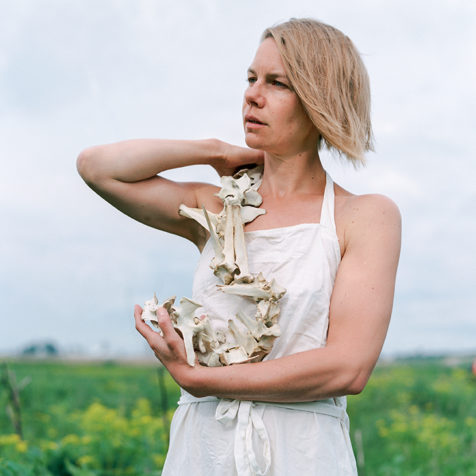
Emma LEE makes installations and sculptures inspired by natural phenomena. The materials she works with include animal bones, paper, fabric, fur, raw pigments and gold. She moved to Iowa City in 2001 to apprentice with papermaker Timothy Barrett at the University of Iowa Center for the Book where she learned to analyze materials and process as well as maintain the discipline of a fine craft. LEE is an Associate Professor at Grinnell College, and has received Artists Residencies at Jentel, Banner WY, Penland School of Crafts, NC, the Santa Fe Art Institute, and The Vermont Studio Center. Her work has been exhibited at the Des Moines Art Center, The Charlotte Street Foundation, The Robert C. Williams American Museum of Papermaking, and the Urban Institute for Contemporary Art. LEE received a BFA from Pratt Institute in 1999, and an MFA from the University of Iowa in 2005. She is represented by Olsen Larson Gallery.
Lee Emma Running (RIVERBED THEATRE)
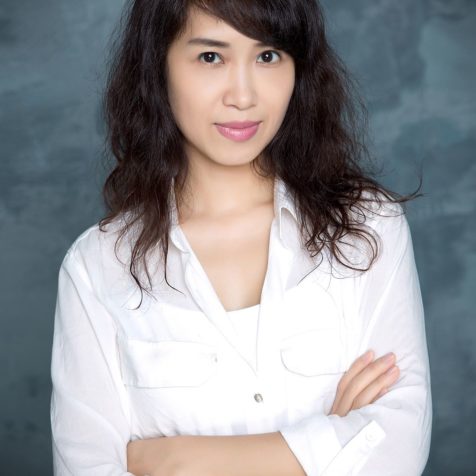
Yueh-Nu KUO is an artist whose artwork mostly comprises installations, spatial media, and multimedia. KUO uses different multimedia materials to experiment and create dissimilar works of art. By skillfully utilizing materials, the potential of the materials is brought out and reconsidered. In summary, different materials and spatial constructions are employed to reinterpret daily experiences and perceptions. Most of KUO’s artwork explores cortices, the perception of space, and material states.
Yueh-Nu KUO
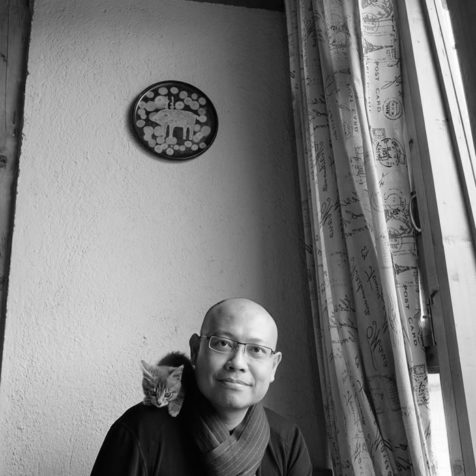
Yan-Hong LIU, a dreamer and a traveler, finds residence by mountainsides and various locations in Fengyuan, Taichung. In 2002, a time when Yan-Hong LIU was still studying at the National Taiwan University of Arts, he saw rainbows outside of the school window and felt a hole in his body and mind, inspiring him to create works of art on rainbows, bodies, consciousness, myths, and various things. He produces a variety of art works including physical performance-related art works, paintings, sculpture, writings, and spatial installations.
Yan-Hong LIU
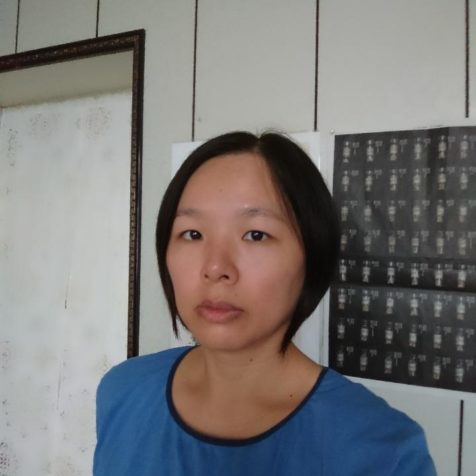
Ying-Cheng TSAI is a creator and artist who believes that contemporary artwork is not created based on the knowledge and experience of the past, but rather based on the creator’s activities in his/her physical space. However, this belief is not an extension of the famous concept “Every man is an artist” preached by Joseph Beuys, but rather that a creator (the participant) is the center of a creation. In the field of art-related studies, TSAI primarily focuses on the evolution and reform of contemporary art creation. This subject challenges the general belief on how artwork is formed and explores the issues of art creation, artist identity, and artwork since the twentieth century.
Ying-Cheng TSAI
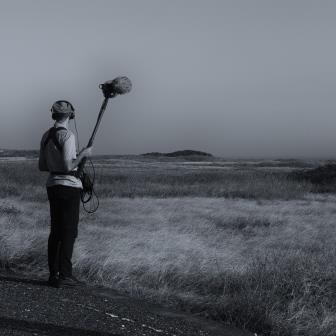
Yannick DAUBY (b. 1974, France/Taiwan) - Sound Artist. Background in musique concrete and improvisation, using found objects, electroacoustic devices and phonographies. As a field recordist, he as particular interest for animals or nature sounds as well as urban situations and unusual acoustic phenomenas. Excursions are pretext to a sonic gathering, and often leads to the realisation of phonographic collages. He often collaborates with other musicians, visual artists and dancers, producing audio-visual performances or installations, and makes sound design for films. His work has been presented by various international festivals, record labels and biennale exhibitions. He is based in Taiwan since 2007, interested into the field of anthropology and ecology, exploring the island’s soundscape through artistic research, developing art projects in local communities and documenting the fauna and its environment, creating art & science projects in collaborations with biologists.
Yannick DAUBY
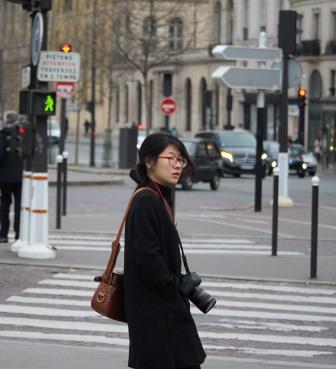
Shih-Chieh LU’s artwork focuses on the future evolution of urban landscape and imaginary lives created by the media. Most of her previous works were influenced by dystopian films and novel-related philosophies, where she used model-building software to redesign and redevelop images of architectural ruins or “unrealized” ancient architecture in order to reshape their identities. At present, she studies the lives shaped by digital media and how digital media can be used to showcase her personal life, analyze life itself, and engage in reverse transformations. On the basis of these studies, she uses media such as videos, photos, and animations as well as poetic vocabularies to compose her works. In terms of educational background, she studied animation creation at the National School of Fine Arts in Bourges (in France) in 2016 and media such as animations and games at the Department of Art and Technology, Paris 8 University (in France) in 2017.
Shih-Chieh LU
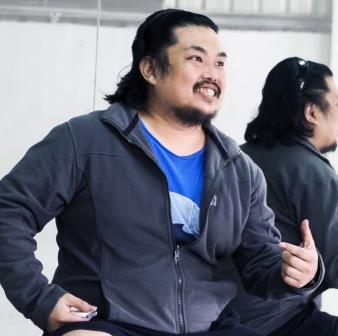
Wei-Chia SU was born 1981 in Kaohsiung, Taiwan. He was trained at National Taiwan University of Arts and enlightened by Professor Su-Fen WU. Later in 2004, SU established “HORSE dance theater”, for which he performs and creates new works. In 2007, a collaborative work Velocity won the 2007 Taishin Arts Award, Taiwan’s annual prize for the best performing arts work across all genres. In 2012, a biographical work 2 Men created and performed with Wu-Kang CHEN became the First Place winner and Audiences' Choice winner of the 2013 Kurt-Jooss- Preis, Germany. SU was also invited by Eliot FELD to join “Ballet Tech” in New York as a Guest Dancer from 2009 to 2013. In 2013, SU initiated a ten-year project of choreography known as FreeSteps, focusing on exploring the relations between contours, movements, characters, rhythm, music, and light. It pursues an ultimate delicacy of a dancer’s body to stimulate the viewers to project their emotions and imaginations. In 2015, a performance of FreeSteps was described as “a succession of shocks that drive the imagination into obscure and delicious depths” by CDC - Théâtre des Hivernales, France. SU was selected as the Artist-in- Residence of the National Theater and Concert Hall of Taiwan in 2016, and was commissioned a performance of FreeSteps for the Taiwan International Festival of Arts. In addition, SU involves in various cross disciplinary projects. Such projects include the public art installation curated by LuxuryLogico and funded by Taipower Co. ; ArtCross projects initiated by Middlesex University and other institutes around the world; choreography and movement direction for the theater works by Hong Kong director Edward LAM; and choreography for the openings of the 2009 Summer Deaflympics and the Universiade Taipei 2017.
